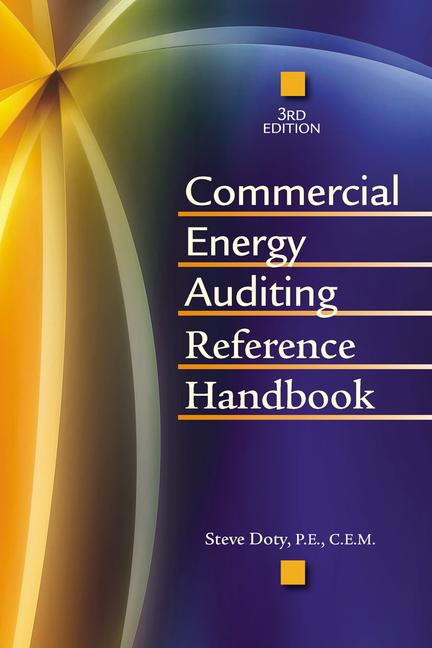Currently, there are no federal minimum efficiency standards for commercial refrigerators, freezers, and refrigerator freezers. Under the agreement, the signatories are jointly recommending to Congress a minimum efficiency standard for most self-contained refrigeration equipment and beverage coolers. In addition, the agreement calls for legislation requiring that the U.S. DOE establish efficiency standards for ice-cream freezers, self-contained cabinets without doors, and remote condensing products (solid door, transparent door and cabinets without doors). The manufacturers and energy efficiency advocates will attempt to develop consensus recommendations which shall address all of the statutory criteria that the department is required to take into account in promulgating energy efficiency standards for covered equipment.
The agreement was negotiated over the last 15 months by commercial refrigeration manufacturers, represented by their trade association, ARI, and by energy efficiency supporters, represented by the American Council for an Energy-Efficient Economy (ACEEE), a non-profit organization. Other signatories to the agreement are nine commercial refrigeration manufacturers, the California Energy Commission, the Natural Resources Defense Council, the Alliance to Save Energy, the Northeast Energy Efficiency Partnerships, the Environment Northeast, and the Appliance Standards Awareness Project.
"This agreement represents a win for the environment, for consumers and for manufacturers" stated William Sutton, president of ARI. "The agreement gives manufacturers regulatory certainty to develop new models for 2010 that will meet both the new efficiency standards and EPA regulations to phase-out the use of HCFC refrigerants that can deplete the ozone layer."
ACEEE estimates that the initial standard set under this agreement would reduce U.S. electricity use by about 2.3 billion kW annually by 2020, after the existing stock of commercial refrigerators and freezers has been replaced with the more efficient units. These standards would also reduce peak electric demand by about 530 MW, nearly enough to displace two new power plants (300 MW each). From an economic point of view, ACEEE estimates the initial standard would save consumers and businesses more than $1 billion from products purchased through 2030 (this number includes the value of energy savings minus the modest extra cost of the more-efficient units). By reducing electricity use, the agreement would reduce emissions from power plants of air pollutants and compounds, such as carbon dioxide, that contribute to global warming. For example, the agreement would reduce power plant carbon dioxide emissions by 1.6 million metric tons in 2020, which is equivalent to taking about 300,000 average passenger vehicles off the road that year.
"Appliance efficiency standards have been one of the U.S.'s most effective energy-saving policies with the majority of standards developed through consensus negotiations" stated Steven Nadel, executive director of ACEEE. "This agreement shows the benefits of working together and we hope and anticipate that additional product efficiency standards can be negotiated in the future," he noted.
The agreement is now being provided to both the U.S. DOE and members of Congress in anticipation of potential inclusion in new energy efficiency legislation.




